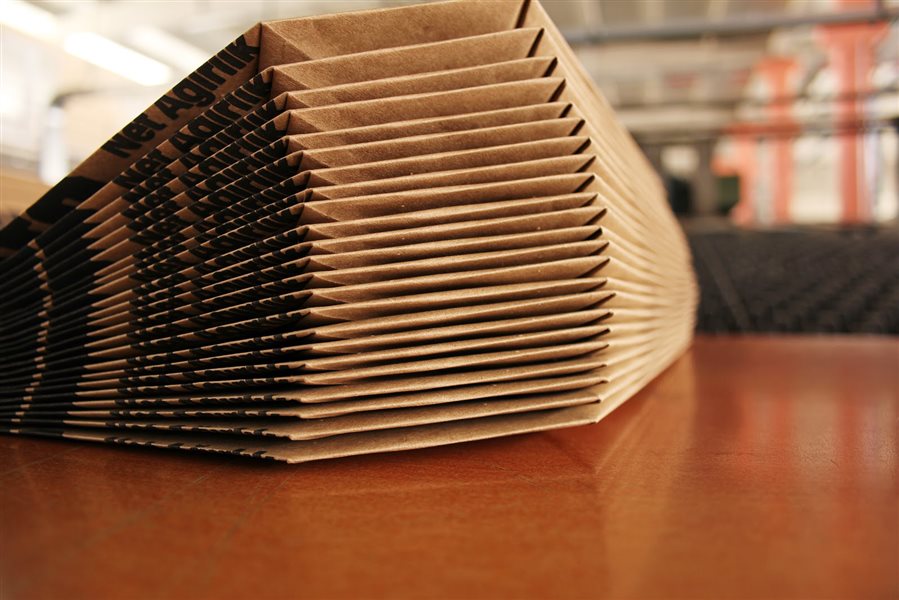kraft in IRAN

**Kraft Paper Consumption in Iran**
Kraft paper is one of the key products in the packaging and transportation industry, which has gained increasing attention in Iran in recent years due to its unique features. This article examines the consumption of kraft paper in Iran, its advantages, challenges, and its role in the future of the country’s industries.
**1. Applications of Kraft Paper in Iran**
Due to its high strength and flexibility, kraft paper is used in various sectors, including packaging of food products, pharmaceuticals, agriculture, and the production of paper bags. According to statistics released by the Iranian Packaging Industries Association, about 30% of the total paper consumption in the country is dedicated to kraft paper. This figure indicates a significant increase in demand for this type of paper over the past decade.
**2. Advantages of Kraft Paper**
One of the biggest advantages of kraft paper is its environmental compatibility. It is made from 100% natural fibers and is fully recyclable. According to reports from Iran’s Environmental Organization, the use of kraft paper has helped reduce plastic waste in certain industries by up to 25%. The high resistance of kraft paper to moisture and physical damage also makes it an ideal choice for packaging sensitive products.
**3. Challenges of Kraft Paper Consumption in Iran**
The consumption of kraft paper in Iran is accompanied by certain challenges. One of the most important challenges is the reliance on imported raw materials for the production of this type of paper. Official statistics indicate that over 70% of kraft paper raw materials are imported from foreign countries. This reliance has affected the final cost of kraft paper and led to price fluctuations in the domestic market. Additionally, economic sanctions and difficulties in international financial transactions have made access to these materials more challenging.
**4. Future of Kraft Paper Consumption in Iran**
With increasing public awareness of environmental issues and the growing demand for sustainable packaging, the consumption of kraft paper in Iran is on the rise. Predictions show that by 2026, kraft paper consumption in Iran could grow by up to 10% annually. The food and agriculture industries will have the largest share in this growth, as they seek sustainable alternatives to traditional packaging.
**Conclusion**
The consumption of kraft paper in Iran is increasing due to its environmental benefits and unique features. Despite challenges such as reliance on imported raw materials and price fluctuations, the future of this industry looks promising considering global trends and the growing public awareness of environmental concerns. Developing domestic production and reducing dependence on imports can contribute to the sustainable growth of this industry in the country.
